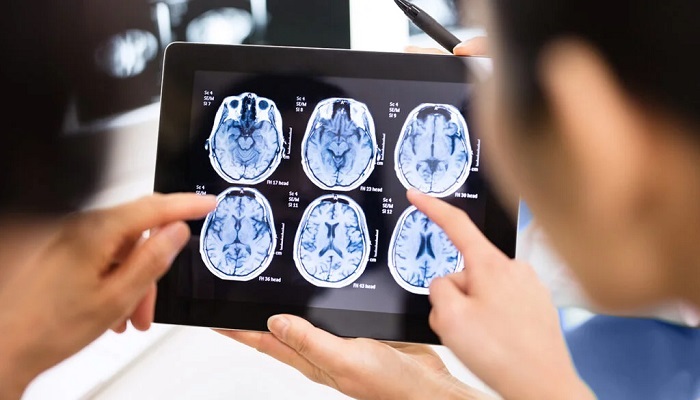When it comes to medical imaging technology, radiology plays a crucial role in diagnosing and treating illnesses. Whether you’re an experienced radiologist or curious about what kind of images are produced with this innovative technology. Learning about the different types of radiology imaging techniques can help us better understand our health and how a diagnosis is made possible. To help you understand this topic, we’ll explore some common types of radiology. Also, we will discuss what each technique offers patients regarding diagnostics.
What is Radiology Imaging and Its Importance?
This is a medical discipline involving the use of various technologies to diagnose and treat illnesses in patients. For example, radiology involves the production of images that can be used to detect and diagnose diseases and health conditions. Technology has been around for many years but has advanced significantly over time. It is now an essential tool for medical professionals. This gives a wealth of information to help them make informed decisions about their patients’ care.
The importance of radiology imaging lies in its ability to detect many diseases. It allows doctors to diagnose illnesses early on and start treatment right away. Radiologists also use this technology to monitor the progress of treatment. It also helps them identify any changes that may need to be made. Gold Coast Radiology offers a comprehensive range of imaging techniques to help patients get the best possible diagnosis and care.
Types of Radiology Imaging Techniques
More and more, radiologists are relying on various imaging techniques to capture detailed images of the body. There are several different types of radiology imaging techniques used in diagnostics. Here are some of the most common:
Spectral CT
Spectral CT is a powerful tool that can be used to examine materials with different x-ray densities. It works by shooting two distinct spectrums of x-rays at the same time, analyzing not only the raw data. But also how these separate energies interact with the substance being studied. Physicians and technicians can better identify object characteristics and any abnormalities inside of them using this detailed information. In addition, it allows for diagnoses that would not have been possible without them. Simply put, spectral CT is transforming healthcare in more ways than one. This way, you can get a better and more efficient diagnosis of your condition.
3T Magnetic Resonance Imaging
MRI scans are a truly incredible diagnostic tool. By combining radio waves, powerful magnets and computers, doctors can now gain an unprecedented level of insight into what’s happening inside our bodies – from spotting healthy versus unhealthy tissue to uncovering physiological issues! This revolution in medical diagnosis ensures that any ailments you may have will be quickly identified so treatments can begin as soon as possible for the best results. This way, your doctor can diagnose any medical issues you may have.
Whole Body MRI Scan
A whole-body MRI scan can provide an in-depth look at the various components of your body, from head to toe. Doctors can detect and check any potential cancers or chronic inflammations through scanning. It can also pick out brain masses, slight shrinkage, and signs of past strokes. Also, sense blockages that may be occurring in the sinuses or nasal cavities. It’s a painless and reliable way to keep tabs on your overall health – giving you peace of mind that everything is running.
3D and 4D Ultrasound
3D and 4D ultrasounds are truly remarkable advancements in prenatal imaging technology. With just a few sound waves, you can get a detailed look at your baby’s size and shape or even see them kick and smile. It offers a 3-dimensional view of your baby’s features. In comparison, the amazing 4D experience provides an almost movie-like preview of your future little one in action. If you’re expecting, these exciting ultrasound options may be something to consider.
Digital X-ray
Digital X-rays are revolutionizing the way doctors make diagnoses by reducing turnaround times compared to traditional X-rays, instead of having to use photographic film and wait up to several hours for the results. It yields images instantly organized into readable digital data. This way, they can be interpreted and analyzed immediately. This new technology is also generally safer than traditional X-rays because it reduces patient exposure to radiation. It makes it simpler and faster for doctors to diagnose their patients. This way, modern medicine can progress even more.
Conclusion
Imaging technology is an essential part of modern medicine. Also, many innovations are making it easier for doctors to diagnose their patients. From Spectral CT scans to Digital X-rays, the possibilities for diagnostics have never been greater. So consider the above-listed innovations in diagnostic imaging when you visit your doctor. They’re sure to make the diagnosis process a lot smoother.


















